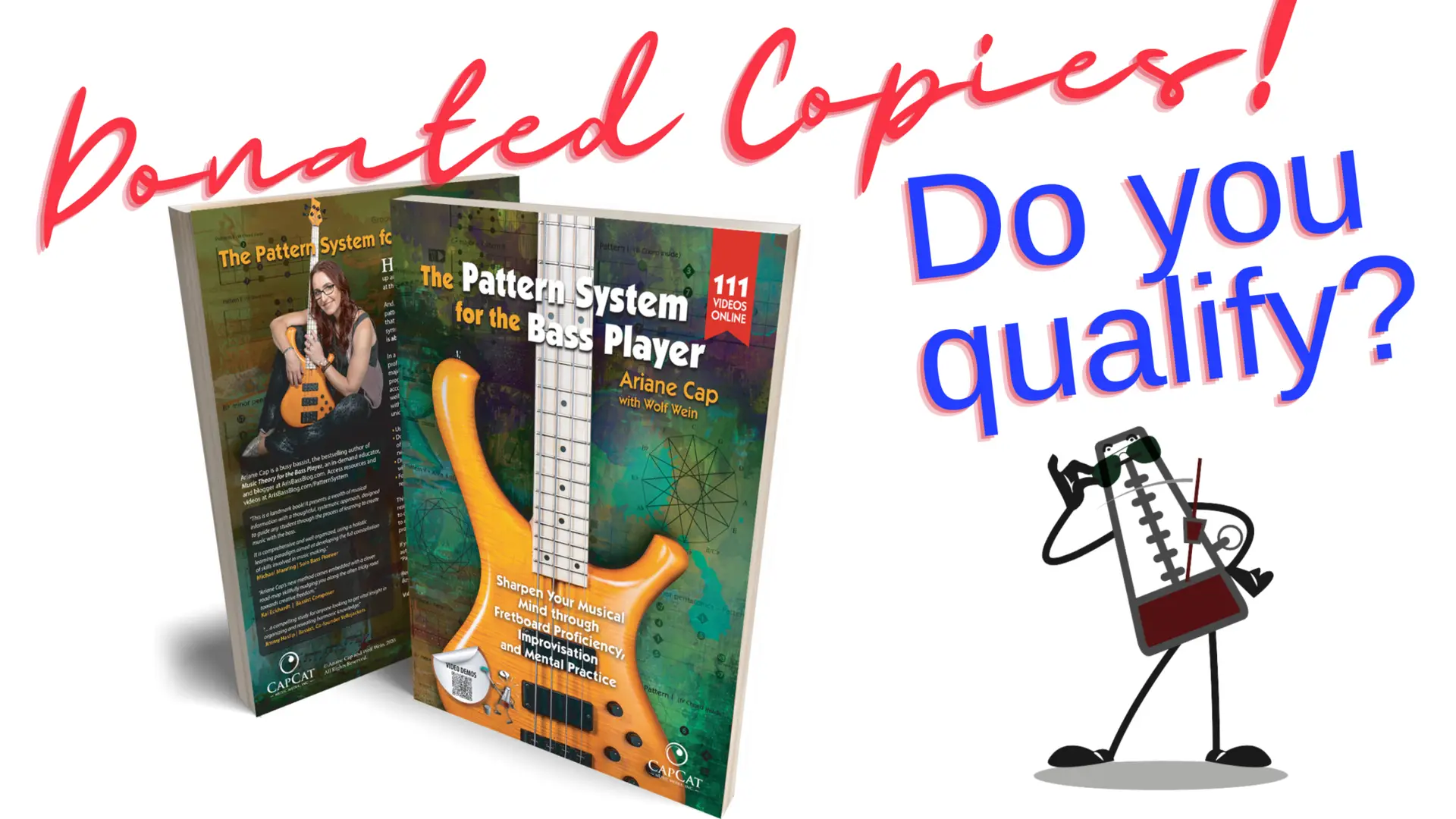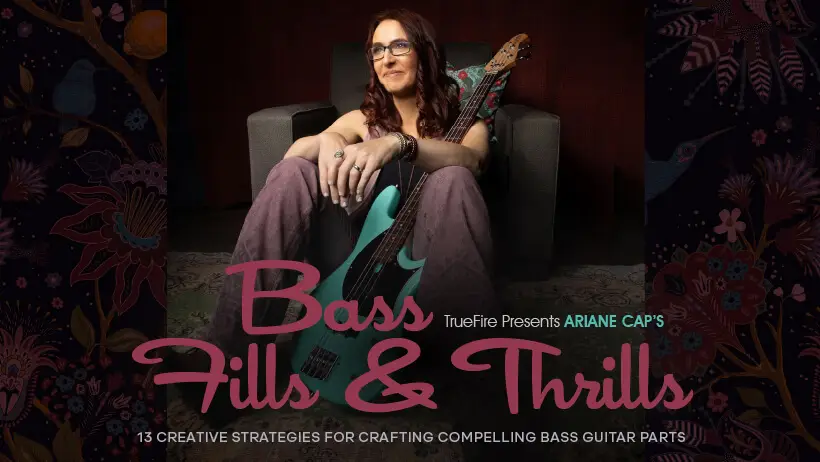Fresh off the printing press…
This course that Wolf and I created for Truefire is now available!
Probably one of the most frequent requests I get from students is t learn to create their own grooves. And in this course, I bring you a clever formula that will get you started, follow it up with a useful template and how to use it, and, most important, we talk about how to make it groove.
What-o-what is a Groove?
It is such an elusive question, isn’t it? You know it when you encounter it! You know it when you are your band mates are getting together and the magic happens. It feels great and is “grooving” and in that moment all feels complete.
Here is my groove formula that I talk about at length in this course – it will help you find your path to groove city:
(Rhythm + Harmony + Repetition) x The Pocket = Groove
How to Create a Great Groove?
In the course, I break down all the parts of the above groove formula. We show you rhythmic and harmonic templates you can use to create your own ideas.
Then, pay close attention to the elements you can use to make the groove more driving or more static.
And heed the advice on effectively using the concept of the “groove nucleus” to strike just the right balance to spice things up a bit! The goal is to be repetitive enough to still make it feel like a cohesive groove, but at the same time you want to have enough variation to keep it interesting.
Of course, it is super important to keep the song front and center – the arrangement, the melody, what the drums and other band mates are doing…
I give you guidance on what to listen for and how to create lines that serve the song.
How to Make it Groove
Making it groove is about many elements. Here are the most important ones:
- the subdivision
- precise timing (we do a great timing exercise!)
- good technique (helps the timing!)
- phrasing
We will talk about all of that!
Did you know? Syncopated ≠ Shuffled
Though many think that, syncopated is not the opposite (so to speak) of straight. A shuffled or swung rhythm is the opposite of a straight rhythm. And both straight and shuffled rhythms can be syncopated. Or not syncopated.
What are the effects of what, why is it important and how does this play into making it groove?
Big words, but to feel it is crucial! Check it out!








